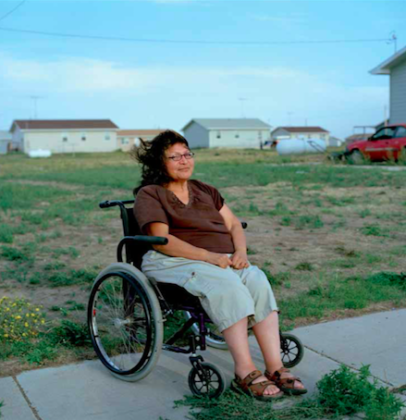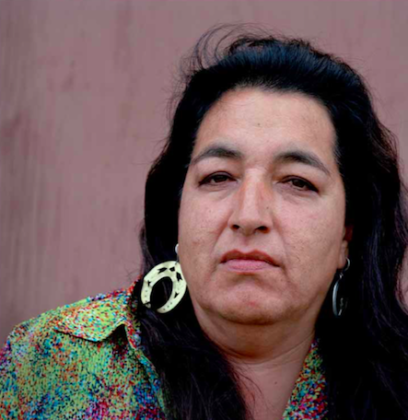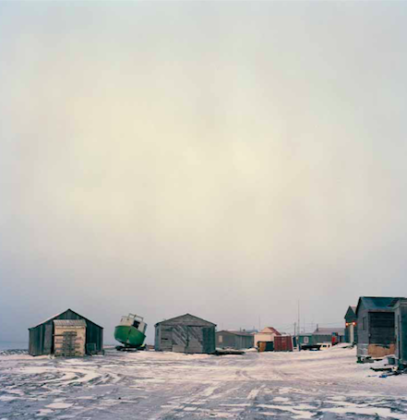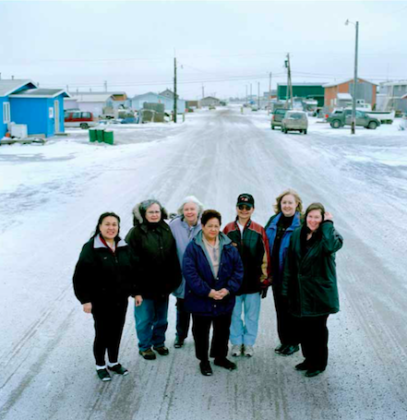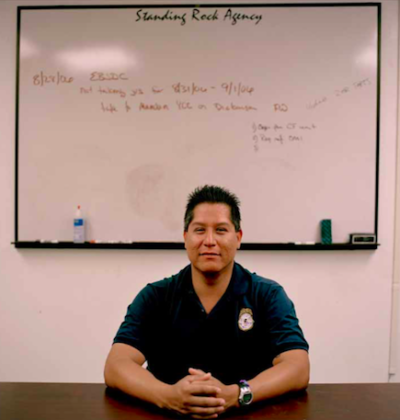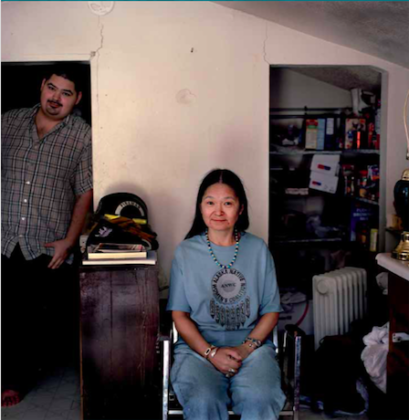The U.S. is currently facing a little-known crisis: Native American women are twice as likely to be raped or sexually assaulted than other women in the U.S., according to the U.S. Department of Justice.
Tarah Demant, the director of human rights group Amnesty International’s Gender, Sexuality and Identity program, said there is no protection and “absolute impunity” when it comes to the sexual assault of Native American women.
“We’ve done interviews in communities where not one woman we talked to was not a survivor of sexual assault … all the way from the 10-year-old great-granddaughter to the great-grandmother at 90 years old, all of whom in their community had experienced sexual assault at some point,” Demant said.
According to the U.S. Department of Justice, 96 percent of native women who reported sexual assault in their lifetime said they have been assaulted by a non-native man.
An Amnesty International report claims the high levels of sexual violence against Native American women are perpetuated by a “maze of injustice“: the complex interrelation between tribal, state and federal courts.
According to the report, if a Native American tribe is federally recognized, the government recognizes it as sovereign. However, if a non-native man commits rape or sexual violence against a Native American woman, determining which court prosecutes the crime can get confusing. The organization that prosecutes the crime depends on whether the victim is a member of a federally recognized tribe, whether the accused is a member of a federally recognized tribe and if the crime took place on tribal land or not.
Until the 2010 passage of the Tribal Law and Order Act, many times non-native men couldn’t held in Native American jails, according to Demant.
Because of the act’s passage, tribes can now impose a prison sentence of up to three years — up from the previous maximum sentence of one year — for any crime. However, the average prison sentence for rape by state or federal courts is “between eight years and eight months and 12 years and 10 months respectively,” according to Amnesty International.
“Until very recently, non-native people couldn’t even be held in Native American jails, so if I, as a non-native person walked onto a reservation … and committed a crime, I couldn’t be held by the local authorities,” Demant said. “So then some state official would have to drive in from 100 miles away … or a federal official from even further away, maybe from the FBI, and the FBI is not spending their time trying these cases.”
Demant believes the history of colonization is what causes white men to perpetrate sexual violence against Native American women.
Princella Redcorn, the communications officer at the National Indigenous Women’s Resource Center, agrees that colonization has a lot to do with why sexual violence against Native American women is so prevalent.
“From colonization to our people and lands, learned behavior, abuse of power and control, Native American women and children remain most vulnerable to violence,” Redcorn said. “Federal, state and tribal jurisdictions make it hard to seek justice for victims.”
Amnesty International also found many Native American women struggled to gain access to basic post-rape care.
Demant said if a Native American woman was assaulted and walked into a Native American-run clinic to get a rape kit, she would be turned down, making her case going to trial very difficult.
“Because of this, they have that incident of trauma that they’re already dealing with on a health level, and then they will never be able to walk that through the criminal justice system if they so choose,” Demant said.
According to the United States Government Accountability Office’s 2011 survey of Indian Health Services and tribally operated hospitals, of the 45 hospitals surveyed, 26 reported they can usually perform forensic exams on-site for victims of sexual assault, while 19 reported they “choose to refer sexual assault victims to other facilities.”
Demant said in recent years the federal government has done little to help the situation. For example, the laws and policies put in place, such as increased funding and the Tribal Law and Order Act, are not always implemented.
Listen to a podcast with Tarah Demant, director of Amnesty International’s Gender, Sexuality and Identity program.
However, Redcorn and the National Indigenous Women’s Resource Center have been working to address the issue from a “traditional/ancestral perspective.”
“Respect for women was not a colonial value, but it is and was an indigenous one. Women are sacred in Native American communities. We are the lifesavers. We are connected to our creation stories on a very deep level,” Redcorn said. “That respect, rooted in spirituality, is not prioritized in most mainstream communities.”
The National Indigenous Women’s Resource Center has also helped head and champion programs to help Native American women, and its policy team works to educate tribal and national leaders about the sexual violence problem. Public awareness initiatives share studies and statistics and have collaborated with related organizations like the National Domestic Violence Hotline to create the Strong Hearts Native Helpline.
According to Demant and Redcorn, the Violence Against Women Act is up for reauthorization. The act provides funding and support for victims of sexual violence and works to prevent it. If the act is reauthorized, Redcorn said she hopes it will contain meaningful and substantive changes for Native American communities.
Photographer Dana Gluckstein, known for photographing Nelson Mandela, Mikhail Gorbachev and Muhammad Ali, has also worked to increase awareness about sexual assault against native women.
Gluckstein’s book Dignity contains photos of indigenous people throughout the world. According to Gluckstein, these photos and a partnership with Amnesty International helped create a tipping point for President Barack Obama to endorse the United Nations Declaration on the Rights of Indigenous People in 2010.
Gluckstein is a spokesperson to support sexual assault protocols to ensure Native American women have the right to freedom from sexual assault. Gluckstein said those who want to improve this issue can send an email to Indian Health Service asking the service to to guarantee Native American women’s equal access to care after sexual assault.
Both Redcorn and Demant stressed the importance of being informed on this issue.
“The most beneficial thing that someone could do is to just pick up the phone and dial the Capitol switchboard. You can dial one number and get to all of your representatives, just so they know that you care and want them to do something about it,” Demant said. “It’s easier for someone who represents you to do what you want when you tell them what it is specifically.”

